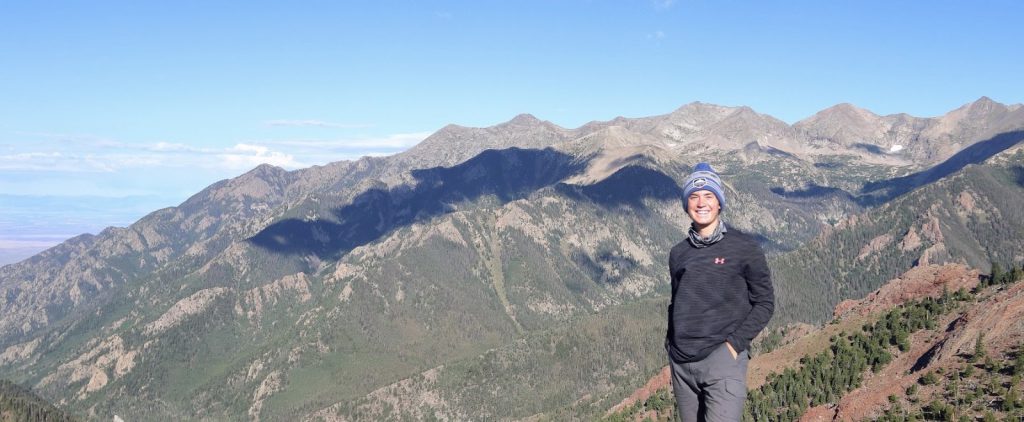Working as a Siegele Intern for CNHP this summer was incredible! I had the opportunity to spend time in various parts of Colorado throughout the summer, while working on different projects. I not only liked how each project was unique, which gave me exposure to a variety of field work and field techniques, but also how the surrounding landscape was unique for each project. This allowed me to see parts of Colorado that I had never seen before. I enjoyed being able to work with many different biologists from CNHP, all with an inspirational spirit and who were all really helpful; they wanted me to have the best experience possible and cared about my learning. Although there was a lot to take in and try to retain each week, I am definitely more confident in my ID and sampling abilities. With that being said, I feel like there is still so much left to be learned and I have been encouraged and motivated through the Siegele internship to expand my knowledge of Colorado’s natural heritage and all that it has to offer. This internship has given me an even greater excitement and deeper passion for conservation-based work.

A couple highlights from this summer include working with the Preble’s Meadow Jumping Mouse at the Air Force Academy and working on the GLORIA project near the Great Sand Dunes in the alpine ecosystem. Both of these projects required a different schedule than what I was used to. For the PMJM project, we had to wake up early in the morning to check traps and then go out in the field again in the late afternoon/early evening to set the traps, We also had to wake up really early in the morning, before the sun came up usually, for GLORIA and worked until the afternoon storms hit. I enjoyed the PMJM population sampling because it was the only wildlife-oriented project that I worked on this summer. It was a lot of fun to catch jumping mice and be able to see them up close and handle them. They were easy to identify due to their long tails and large hind feet, which made them very distinguishable from other species of mice that we caught. We caught a jumping mouse that was in torpor (a state of deep sleep in order to conserve energy) in one of the traps, so it was fascinating to see what we had to do to wake it up and how the mouse eventually recovered back to an active state. It was interesting to also characterize their habitat and try to predict areas that they prefer by comparing the vegetation structure and ground cover within random points along each of the 12 transects. GLORIA was awesome because the views on top of the summits were amazing; I felt fortunate that I was able to have sweet views while working each day. It was also cool to see how much plant diversity can be found in the alpine, something that I was not aware of before working on this project. Before this project, I did not know about point framing as a type of sampling method, and I now know how it is set up and utilized to estimate species cover, while assessing species composition and abundance.
Overall, this internship has broadened my understanding of field work and I am very appreciative of all the skills and knowledge that I have gained, and all the people that I have met through being a part of it.






